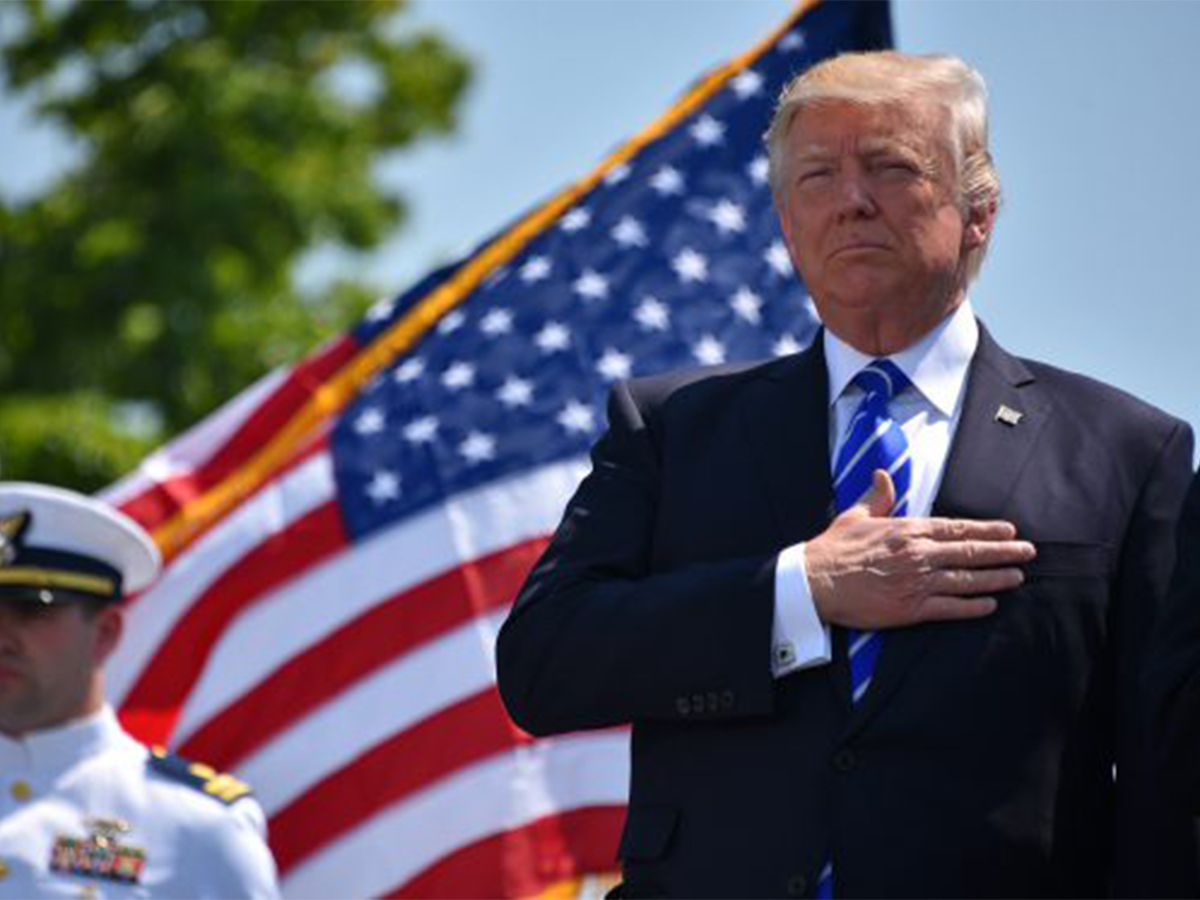
In early March, President Donald Trump announced he was imposing a 25 percent tariff on steel imports and a 10 percent tariff on aluminum imports into the United States, promising that “trade wars are good and easy” and saying, “Our factories were left to rot and rust all over the place; thriving communities turned into ghost towns, that betrayal is over.” Nearly a month after this initial announcement, the world has seen a rollercoaster of retaliation and economic aggression from both the United States and China alike as they continue to erect additional tariffs against each other in a game of chicken in which the assets just so happen to be critical and significant components of the global economy. By charging these initial tariffs, Trump and his economic team have carelessly ignited the flames of what is becoming a global trade war, which will close economic doors and leave the American people with little more than international strife, less export profit and higher consumer prices.
Trump announced the initial steel and aluminium tariffs in early March and followed up with tariffs worth $60 billion on additional goods later that month, and justified the new taxes by accusing China of “dumping” steel products into the U.S. Additionally, Trump claimed that strong steel manufacturing is a necessary arm of national security, and repeated that “We have a (trade) deficit with China of $500 billion.” China, expectedly unhappy with taxes on its goods, responded with protections of its own in April, beginning with the 15 percent tax on imports of 120 U.S. goods that are largely agricultural, and then a follow up 25 percent tax on eight additional American goods, including pork, a valuable American export.
Following China’s retaliation, worth about $3 billion of U.S. exports, the United States Trade Representative’s Office released a list of proposed tariffs on an array of Chinese-made technological products worth approximately $50 billion on April 3. Guess what happened next? China announced on April 4 that it was slapping additional tariffs on approximately $50 billion worth of U.S. exports, including a 25 percent tariff on American cars, soybeans and whiskey. $100 billion worth of exports being taxed heavily in just two days? That sounds like a trade war to me.
The pattern of escalating tariffs is what is referred to as a “trade war,” in which countries continuously impose fees on imports from other countries, harming foreign manufacturers and domestic consumers alike for the sake of aiding particular domestic producers. Although the intended effect of the steel tariffs, to aid our domestic steel industry, will undoubtedly see results in some capacity, these relatively minor benefits come along with many significant, unintended consequences.
Trump’s steel and aluminum tariff, absent of retaliation by China, does provide some benefits to domestic manufacturing here in the U.S. Special taxes on imported steel and aluminum make the price of domestically produced steel and aluminum extremely competitive, which will likely lead to an expansion of the industry and the employment of more workers by steel companies. Furthermore, an expanded steel and aluminum industry does quell some fears of a conflict in which the United States has limited ability to purchase steel and aluminum abroad.
Correspondingly, however, a 25 percent and 10 percent tax on imported steel and aluminum means a 25 percent markup on prices of all imported steel in the U.S., which totals 34.6 million metric tons, or 8 percent of all imported steel globally. Until domestic steel producers expand enough to capture that market share, the tariffs are going to mean a significant increase in the price of steel in the U.S. While most consumers may not purchase steel directly, the price increases will have a heavy toll on U.S. domestic manufacturing that uses steel in the production process, and will consequently increase the price of U.S.-made steel products, like American cars. Not only will this hurt a number of businesses in the U.S. by making their products more expensive, it will additionally hurt American consumers who wish to buy these American products and find themselves paying a larger portion of their income than they would have before.
The economics of aluminum, a material used in many of our household products, military vehicles and airplanes, is no different; higher aluminum prices will lead to declining sales and force many to get less from the same resources. Seeing that the domestic trade-offs before accounting for retaliation aren’t clear, it’s also important to note that although it isn’t our government’s role to care for foreign citizens, the harmful and unnecessary effects these tariffs will place on foreign manufacturers should not be ignored. A 25 percent and 10 percent tax on one’s products is devastating and undoubtedly punishes these producers. From analyzing the basic economics of these decisions, it’s clear that before there is even retaliation, the imposition of tariffs is a zero-sum game at best.
Trump has repeatedly referenced the U.S.’s trade deficit of over $500 billion with China as a justification for the tariffs; however, he has continuously used this statistic as a club to misrepresent the nature of our trade relationship with the world. A trade deficit means that one nation exports more goods to one country than it imports from that particular country, which, given the structure of the U.S. compared to that of China, is to be expected. In other words, the United States economy has been increasingly moving toward the service, technology and financial sectors, which rely more on skills and education and less on exporting goods.
These tariffs are expected to be just the beginning, especially considering that the Trump administration has just slapped additional tariffs worth about $50 billion on Chinese technological products. China’s language as well was particularly telling; the Chinese ambassador to the U.S., Cui Tiankai, said “We will certainly take countermeasures of the same proportion and of the same scale, same intensity.” On Wednesday, April 4, China met its words and responded in kind with approximately $50 billion of their own tariffs. Now that China and the U.S. are both “even” in terms of self-inflicted misery, maybe they’ll come to their senses and back off, or maybe they’ll dig down and continue the trade war.








